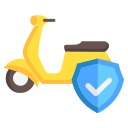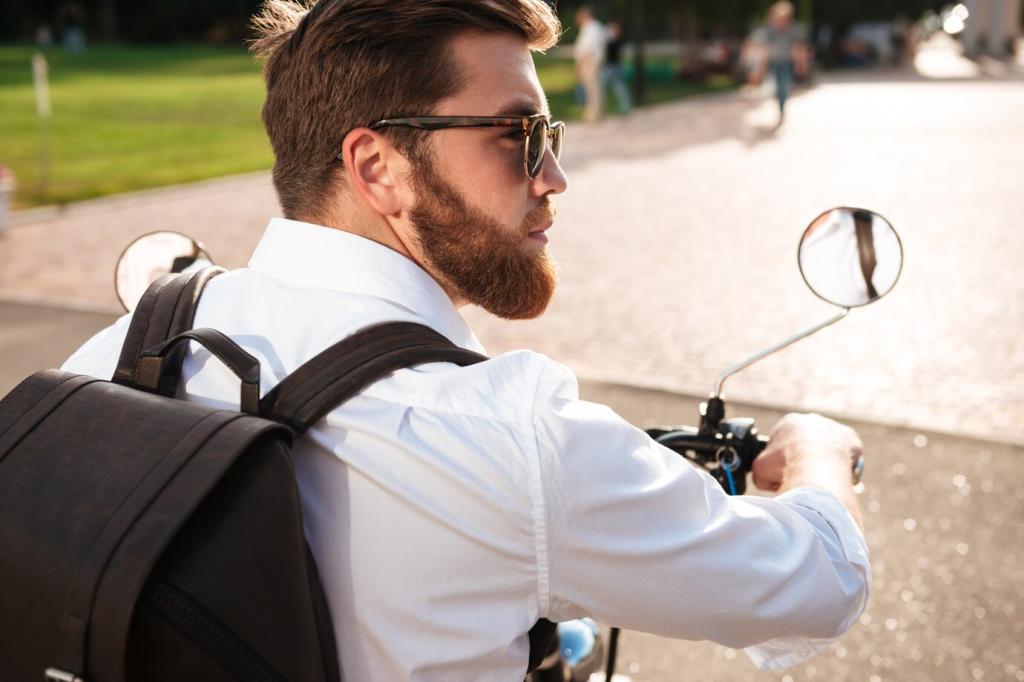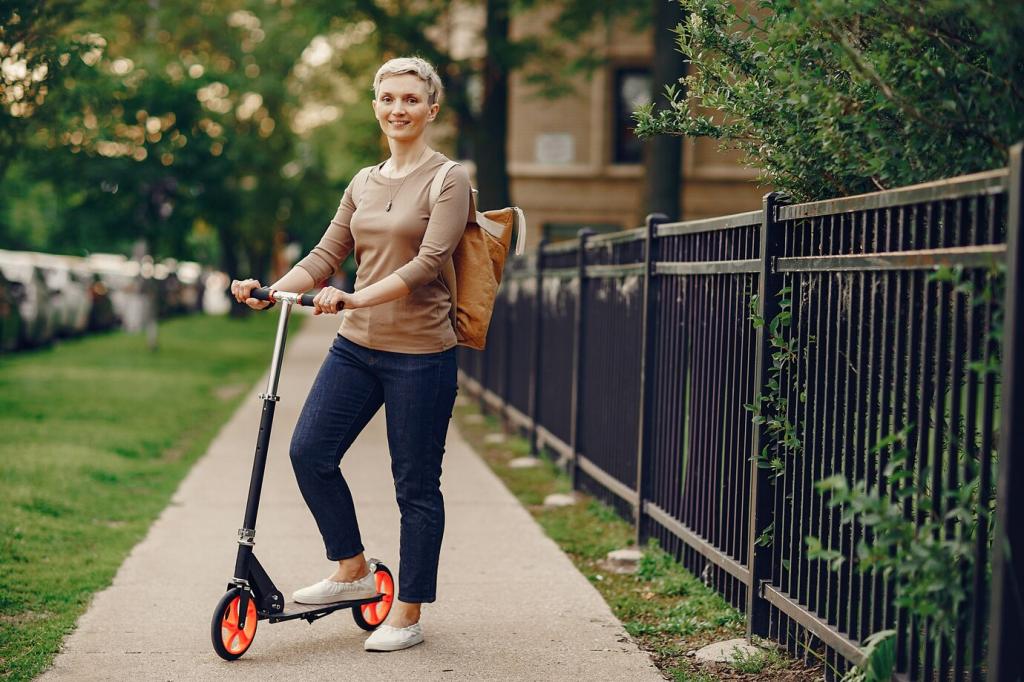Why Traffic Laws for E‑Scooters Matter
When riders follow clear rules—like signaling turns, yielding in crosswalks, and keeping to expected lanes—everyone can anticipate movement. That shared predictability reduces sudden swerves, awkward standoffs, and scary near misses that shake confidence.
Why Traffic Laws for E‑Scooters Matter
Busy sidewalks and waterfront promenades deserve calm, considerate motion. Laws that keep scooters off crowded walkways or set slow zones help families, seniors, and tourists feel welcome. Respectful riding transforms public space into a shared asset, not a battleground.



